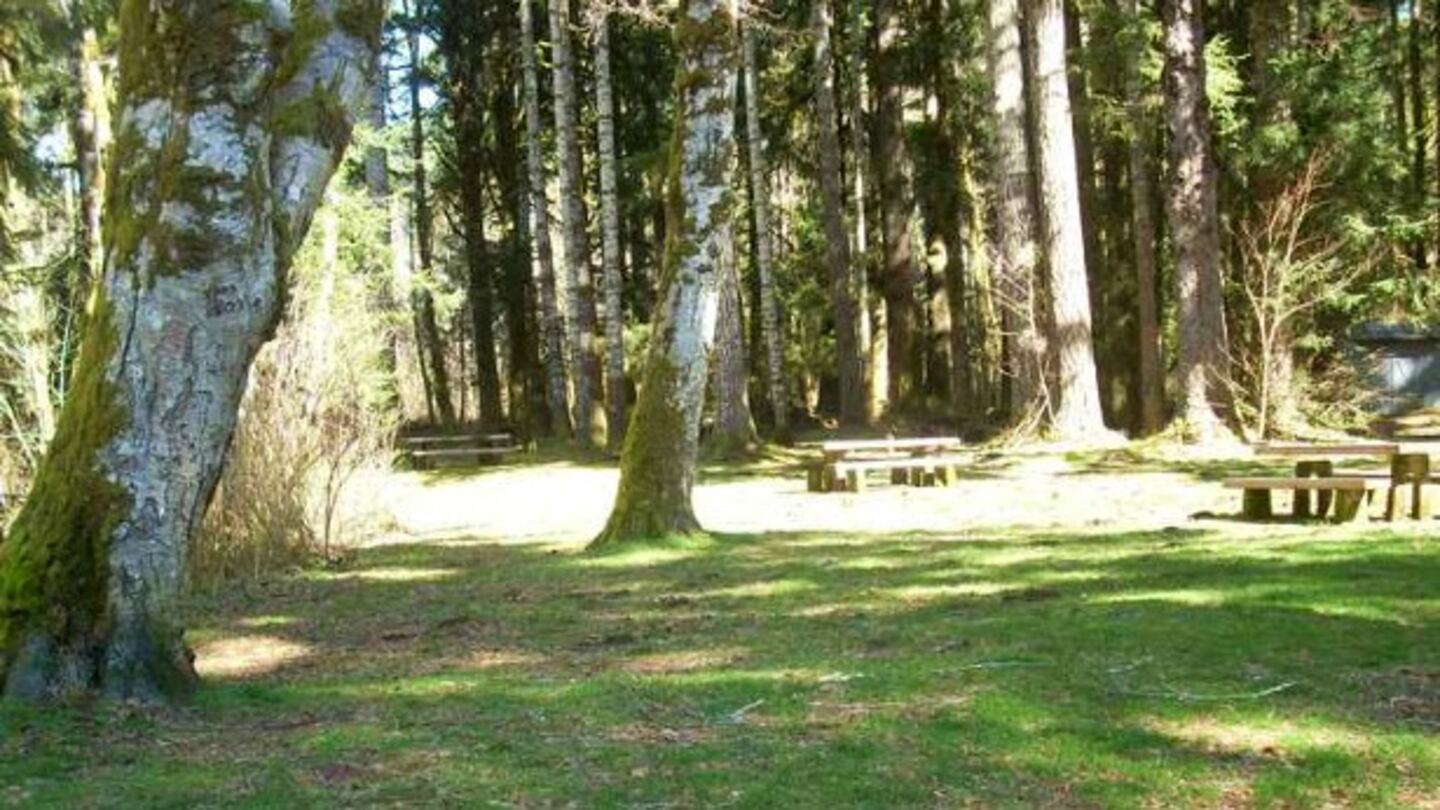LINCOLN COUNTY, Ore. — Almost a year to the day after a slain girl’s remains were found, stuffed into a duffel bag in the scenic Oregon woods, authorities have announced her identity, as well as those of her alleged killers.
The badly decomposed remains of Haley Mae Coblentz, 9, were found Dec. 10, 2020, in the woods beyond a rest area in the H.B. Van Duzer Forest State Scenic Corridor. According to the Oregon State Police, Haley, a native of Colorado, had been living since 2015 with her mother and the mother’s girlfriend in Oregon and the Pacific Northwest.
The girl was never reported missing.
Haley’s mother, Shawna Browning, 29, and Browning’s girlfriend, Lauren Harrison, 34, were arrested Tuesday in Detroit, authorities said. Both are being held in the Wayne County Jail awaiting extradition to face charges of aggravated murder.
Details of how and when Haley died have not been made public. When her remains were found last December, detectives estimated she had been there for at least a month.
Investigators went public over the summer with details of the case, as well as the news that they were using the latest in DNA technology — genetic genealogy — in an effort to determine the slain child’s identity. They have been working with Virginia-based Parabon Nanolabs and its chief genetic genealogist, CeCe Moore, to solve the puzzle.
Parabon extracted DNA from the girl’s remains and Moore went to work, using the girl’s genetic profile to reverse-engineer a family tree and find her relatives. The research led them to Haley and Browning.
Moore wrote online Wednesday that Haley is “perhaps (her) most heartbreaking identification to date.”
“My thoughts have been with Haley, those who loved her and the detectives who have had the heavy task of investigating this case continuously over the last several weeks,” Moore wrote. “I am honored, but very sad, to have worked with Oregon State Police and Dr. Nici Vance on this case.”
Vance is a forensic anthropologist with the Oregon State Police.
Authorities said earlier this year that the girl’s remains were found Dec. 10 by a motorist who stopped at a rest area in H.B. Van Duzer Forest State Scenic Corridor, a 12-mile stretch along Route 18 in Lincoln, Tillamook, and Polk counties. The driver wandered beyond the parking lot to the bank of the Salmon River, where he found the duffel bag and its grisly contents.
It was unclear to detectives if the girl’s body had been dumped at the rest area or if she’d been thrown in the river elsewhere and floated to the spot where she was found.
The girl, at the time estimated to be between 6 and 10 years old, was wearing a pull-up diaper when her body was found, state troopers said. She was fully dressed, but authorities withheld details about her clothing, along with how they believed she was killed.
Detectives immediately reached out to the National Center for Missing & Exploited Children for help identifying the girl. The nonprofit organization, working with a forensic artist from the Clackamas County Sheriff’s Office, distributed drawings of what the girl may have looked like.
>> Read more true crime stories
They also used a private lab to extract DNA from the girl’s remains but were unable to identify her. That’s when state investigators turned to Parabon.
Since genetic genealogy’s explosion in popularity among law enforcement agencies, Parabon has helped to identify dozens of unidentified bodies, including Oregon’s coldest John Doe case. Jackson County authorities announced this summer that DNA and genetic genealogy had helped them identify the remains of a toddler found in 1963 as 2-year-old Steven “Stevie” Crawford.
Stevie was identified after Moore tracked down two potential siblings whose DNA profiles were in GEDmatch, an open-source DNA database people use to trace their ancestry. One man told detectives he had a younger brother named Stevie who vanished without explanation in the early 1960s.
A mouth swab the man provided proved the unidentified toddler found by a fisherman in 1963 was that missing brother. Authorities were unable to determine how Stevie died, and his mother and stepfather are now deceased.
Along with profiling the unidentified dead, Parabon is also one of the most prolific genetics companies when it comes to identifying potential suspects in long-cold murder and rape cases. According to the company’s website, its team has identified nearly 200 persons of interest since May 2018.
©2021 Cox Media Group






